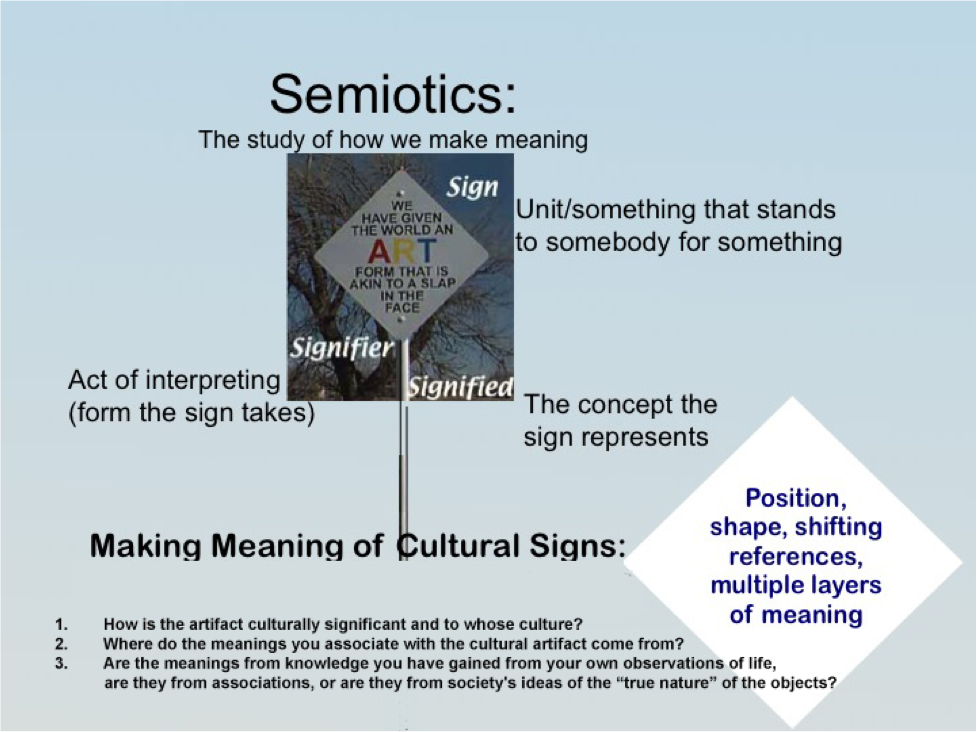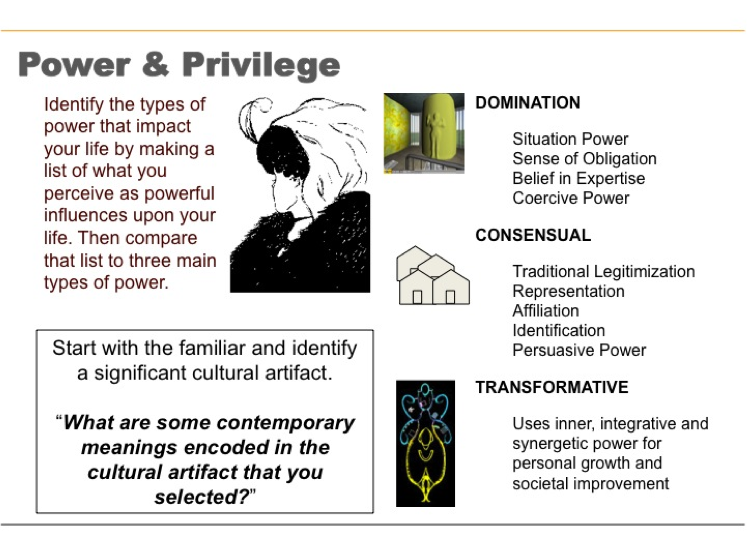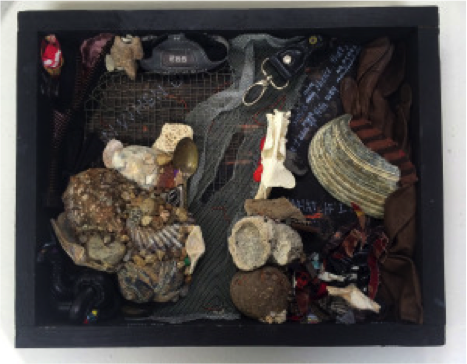

Our deep-seated understanding of power affects how we relate to images, objects, and people.
 The Identity Exploration with Cultural Artifacts encounter, with the Spoon to Shell Series, begins with a discussion, while looking at the art, with others whose social class, age, gender, sexuality, and ethnic background differs from one’s own. To join the discussion click here. Look again at each work in the Spoon to Shell Series. What does the spoon signify in relation to the shells and text fragments and other items in the box assemblages? Stein uses spoons and shells in the box sculptures as metaphors for power and vulnerability.
The Identity Exploration with Cultural Artifacts encounter, with the Spoon to Shell Series, begins with a discussion, while looking at the art, with others whose social class, age, gender, sexuality, and ethnic background differs from one’s own. To join the discussion click here. Look again at each work in the Spoon to Shell Series. What does the spoon signify in relation to the shells and text fragments and other items in the box assemblages? Stein uses spoons and shells in the box sculptures as metaphors for power and vulnerability.
PURPOSE & LEARNING GOALS
(1) To investigate visual culture as a means of communicating and perpetuating cultural values, including the ways in which visual culture affects perception of self and the world. (2) To explore issues of power and privilege and its various forms in visual culture. (3) To analyze media, advertisements, photographs, alternative media, objects, spaces, places, signs and codes as sources of power. (4) To “decode” and “encode” the symbols that dominate society.
PROCESS: Start with the familiar, and identify a significant cultural artifact. Take a photograph of the object, or select an image from a magazine or an online source. Consider: “What are some contemporary meanings encoded in the cultural artifact that you selected?”
PALIMPSEST TRACES: To explode commonly held beliefs from a broad range of viewpoints, research and discussion are important. The following questions facilitate dialogue about different cultural meaning systems and the sources of the meanings that we assume others perceive, and they also help to expose oppressive meanings or damaging stereotypes. Consider these questions:
- Where do the meanings you associate with these images come from?
- Are they from knowledge you have gained from your own observations of life, are they from associations, or are they from society’s ideas of the “true nature” of the objects?
COLLABORATION: Next, show your image of a selected cultural artifact and invite three others—whose social class, age, gender, sexual orientation, and/or ethnic background differ from your background—to provide a response to the question: What meanings do you associate with this image of an object, and from what experiences have you learned that meaning? Record the responses from a minimum of three other people, and then research to discover other cultural meanings ascribed to the object.
ALTERNATIVE MEANINGS: To interpret a cultural artifact, it is important to look at conditions for its production as they relate to socioeconomic class structures, gender-role expectations, and specific visual codes of the time, as well as how those codes have changed over time. Research by doing a Google image search to see how the object/artifact is used in a variety of visual media, and Google websites to discover references to the artifact. Take one website that refers to the object frequently and put the URL to that website in the http://regender.com/index.html and read the revised regendered story to discern if and how the meaning has changed. Consider feminist or critical race interpretations of your selected cultural artifact.
(re)CONTEXTUALIZE: Visually present the various meanings of the artifact paying particular attention to issues of social class, gender, race, and sexual identity in relation to the privileging or devaluing of the artifact you have selected.
RESOURCES
- Stone, Amy. (2015). Linda Stein: The making of an artist-activist, feminist Jew. MA’AMT, 18-23.
- Keifer-Boyd, K., Amburgy, P. M., & Knight, W. B. (2007). Unpacking privilege: Memory, culture, gender, race, and power in visual culture. Art Education, 60(3), 19–24.
- Film excerpt: Riggs, M. T. (Writer & Director). (1986). Ethnic notions. San Francisco: California Newsreel.
- Video: Berger, J. (1972). Ways of seeing. Episode 1, 2, 3, 4 (each episode is 30 minutes) & 2011 interview with John Berger.
